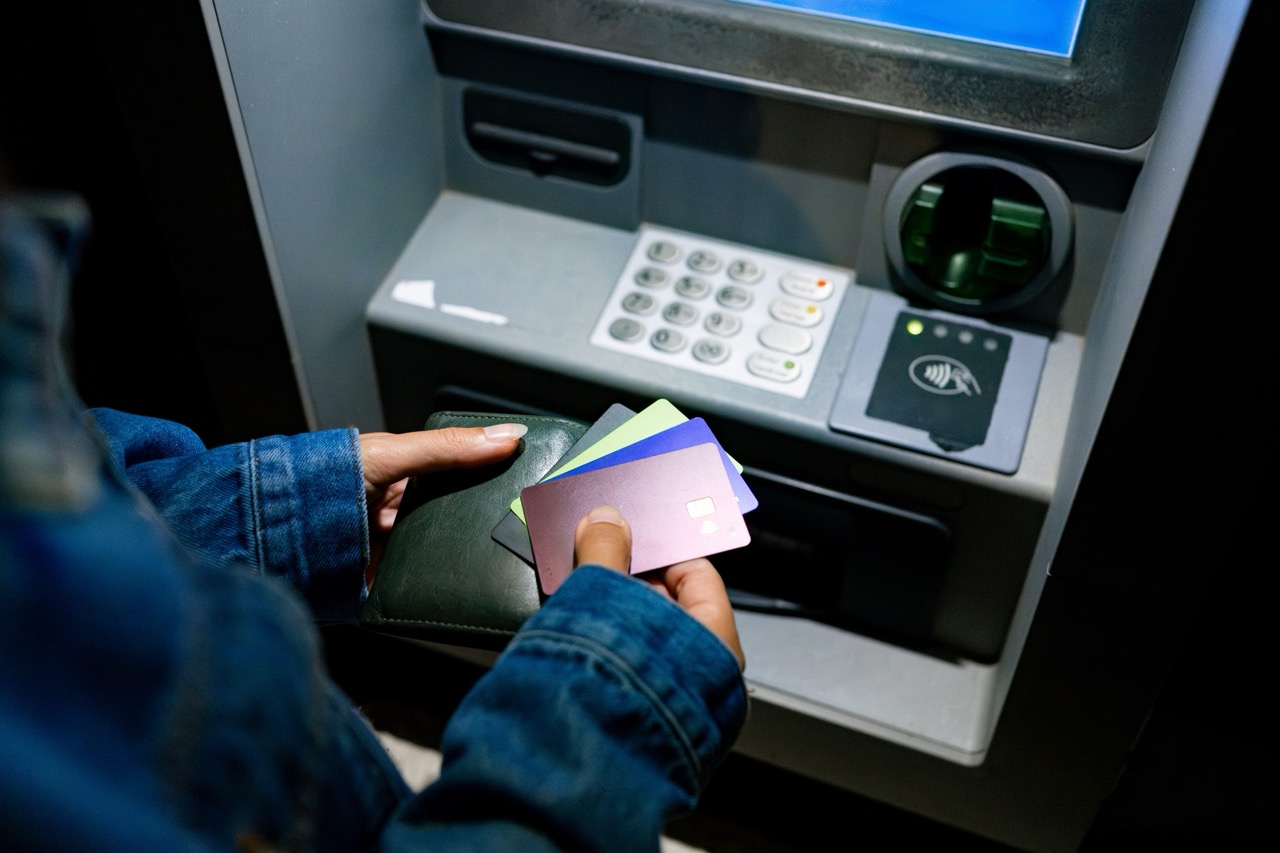Date: October 1, 2025
The U.S. finds itself in familiar territory: a government shutdown. While markets have learned to live with Washington’s dysfunction, the implications for the U.S. dollar and global FX markets are far from negligible.
The Shutdown: Political Stalemate, Market Parallels
The current impasse between Trump 2.0 and Congress centers on the extension of health insurance subsidies. The political theatre echoes the record 35-day shutdown of 2018/19, when the sticking point was funding for the border wall.
As Mark Twain once said, history doesn’t repeat itself, but it rhymes. This time, the rhyme is unmistakable: prolonged political dysfunction erodes confidence in U.S. policymaking and increases volatility in the FX market.
Dollar Under Pressure: Short-Term Resilience, Medium-Term Risks
The dollar has been modestly weaker since the shutdown began. Investors remain calm for now, viewing the disruption as temporary. But history suggests patience is limited:
- In 2018/19, the dollar lost 1.5% of its value during the 35-day closure.
- If the standoff extends, traders may again seek safer havens such as the yen and the Swiss franc.
- Selling USD into strength could remain an attractive strategy, given the convergence of political and economic risks.
Economic Outlook: Labour Market Weakening
The labour market is no longer the bright spot it once was. Recent data shows:
- Job creation stalling, with unemployment risks edging higher.
- Job quits—a measure of worker confidence—slumped to the lowest since 2020.
- Consumer confidence dropped to 94.2, its weakest since April.
The cooling labour market reinforces the narrative of a slowing economy. Markets are already speculating that the Federal Reserve may be forced to accelerate rate cuts if the shutdown drags on and damages growth further.
Fed Independence: Rising Concerns
Beyond the shutdown, markets are also monitoring tensions within the Fed:
- Speculation about Lisa Cook’s dismissal and Miran’s nomination.
- Renewed political attacks on Chair Powell.
Any perception of compromised Fed independence would amplify investor anxiety, weighing further on the dollar.
The Eurozone and the Pound: Diverging Stories
- Euro (EUR): Inflation surprises in Germany (2.4% vs 2.2% expected) have pushed the euro slightly higher. Markets see the ECB’s rate-cutting cycle as effectively over, which could lend the single currency more support against the dollar if U.S. weakness continues.
- British Pound (GBP): Chancellor Reeves has failed to rule out tax hikes, even considering a potential VAT increase. Such a move risks stagflation (higher inflation + slower growth), weighing on sterling’s outlook.
FX Market Implications: Where Next?
- USD: Vulnerable if shutdown drags, with downside risks amplified by a weakening labour market and Fed speculation.
- EUR: Supported by inflation surprises and end of easing cycle, with EUR/USD testing above $1.17.
- JPY & CHF: Well-positioned as safe havens if U.S. political dysfunction worsens.
- GBP: Risks skewed to the downside amid fiscal uncertainty.
Risk Management: Forward Contracts as a Hedge
For corporates and investors exposed to FX volatility, the current environment underlines the value of hedging. Forward contracts remain a powerful tool to lock in exchange rates and mitigate risk in an uncertain macro backdrop.
Key Takeaways
- The U.S. government shutdown adds another layer of uncertainty for the dollar.
- A short disruption = limited impact.
- A prolonged shutdown = weaker USD, stronger safe havens, and higher volatility.
- Labour market data and Fed independence concerns compound risks.
- The euro may strengthen further, while the pound faces headwinds.
For businesses with U.S. dollar exposure, this is a moment to stay proactive rather than reactive.
Optimize your FX strategy. Speak to our team about hedging solutions today.






.jpg)




